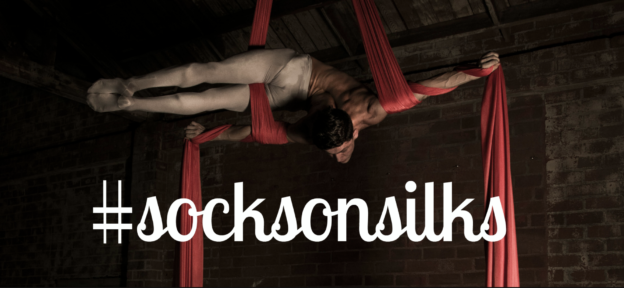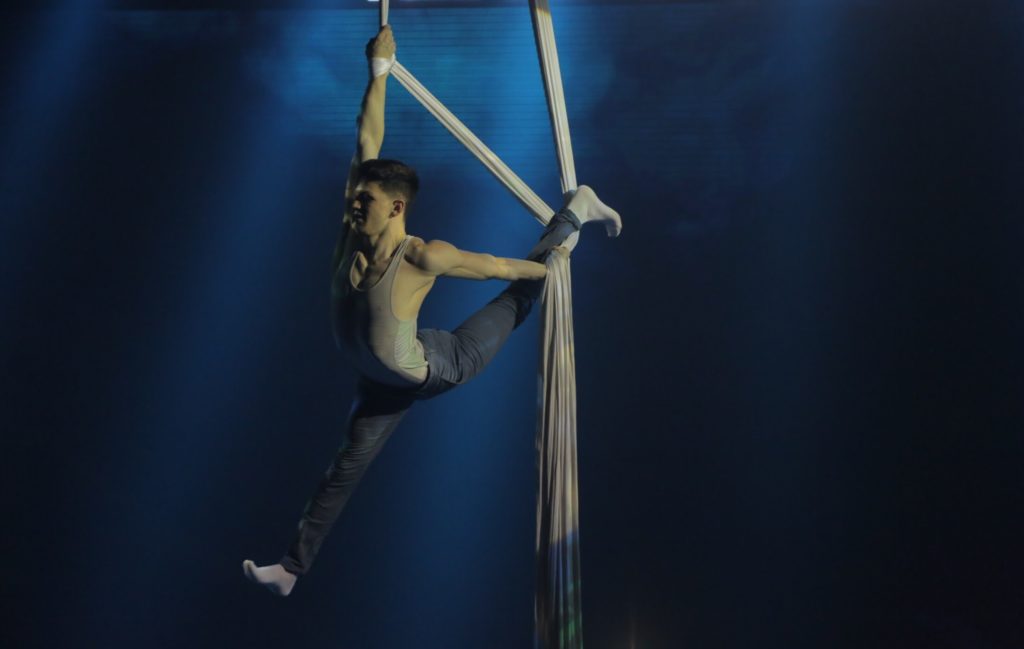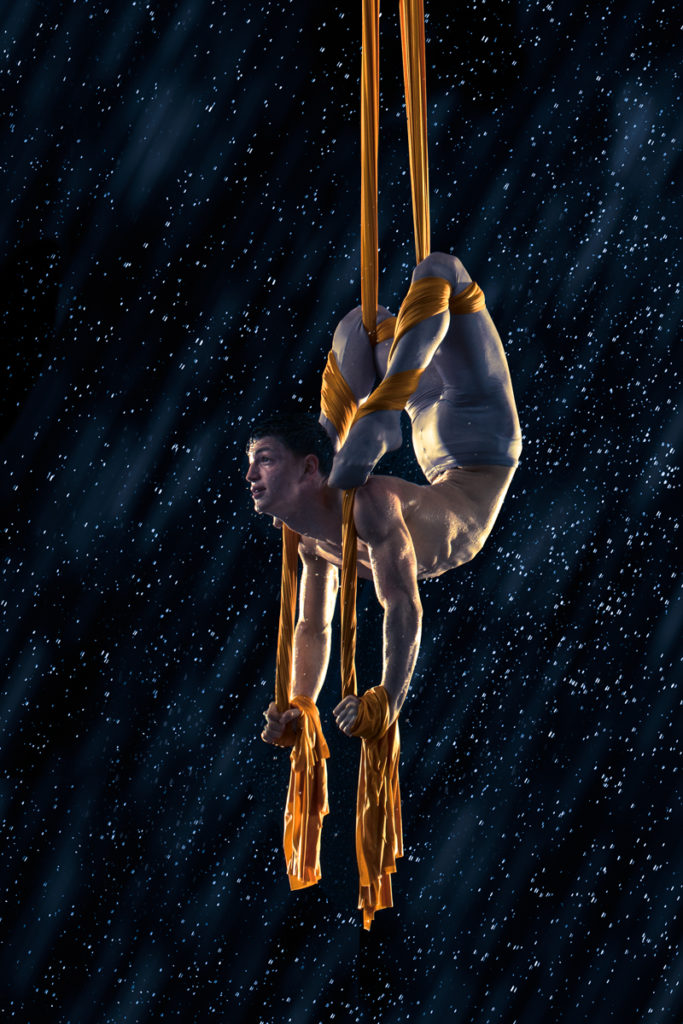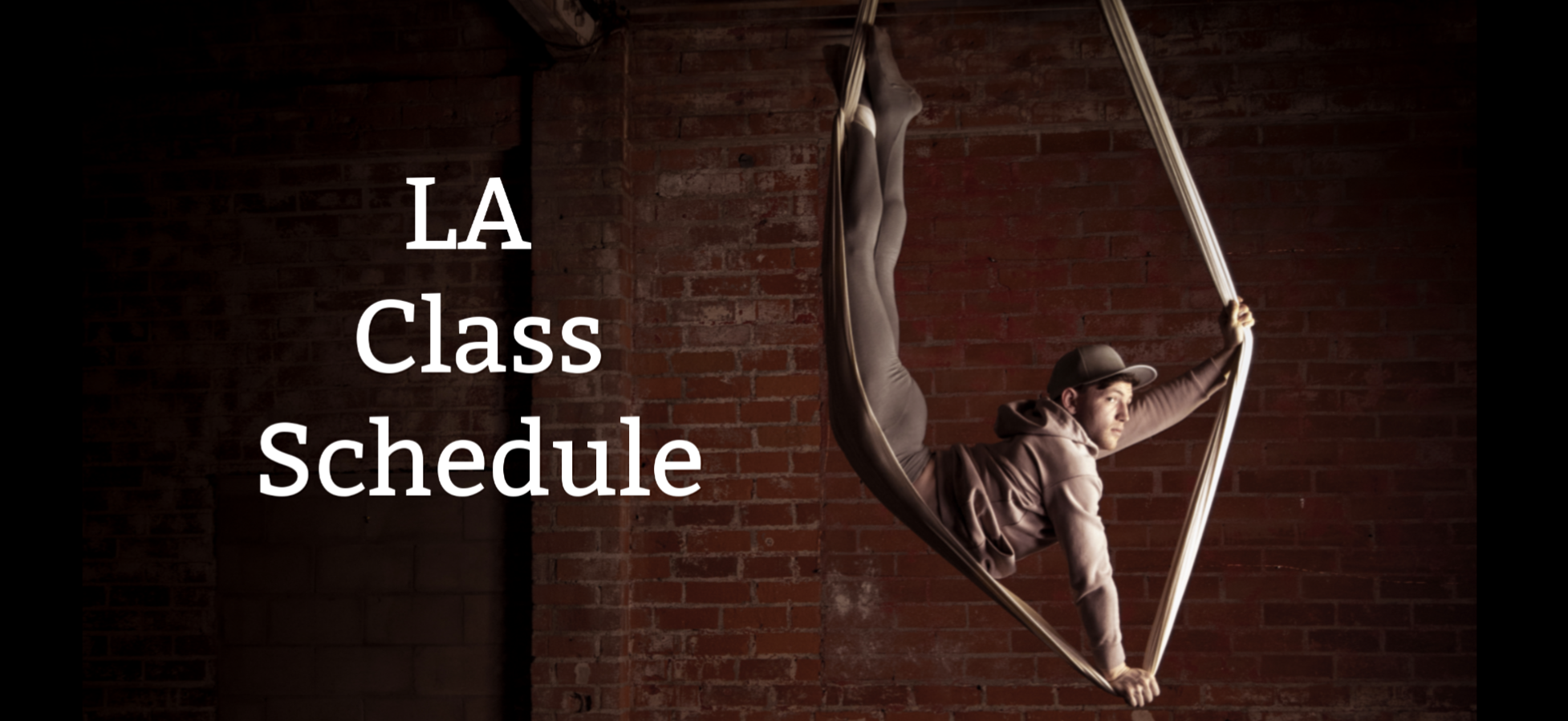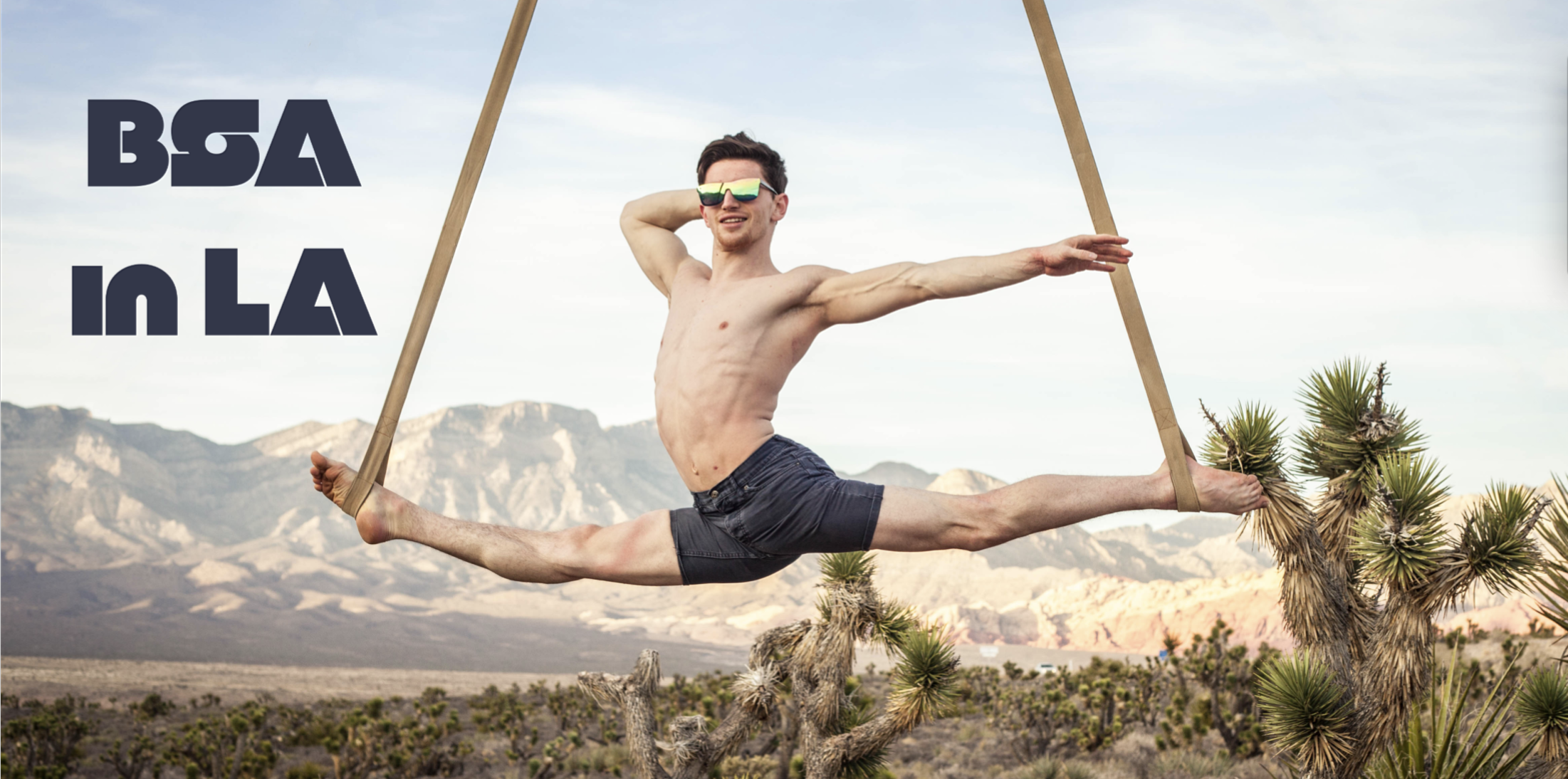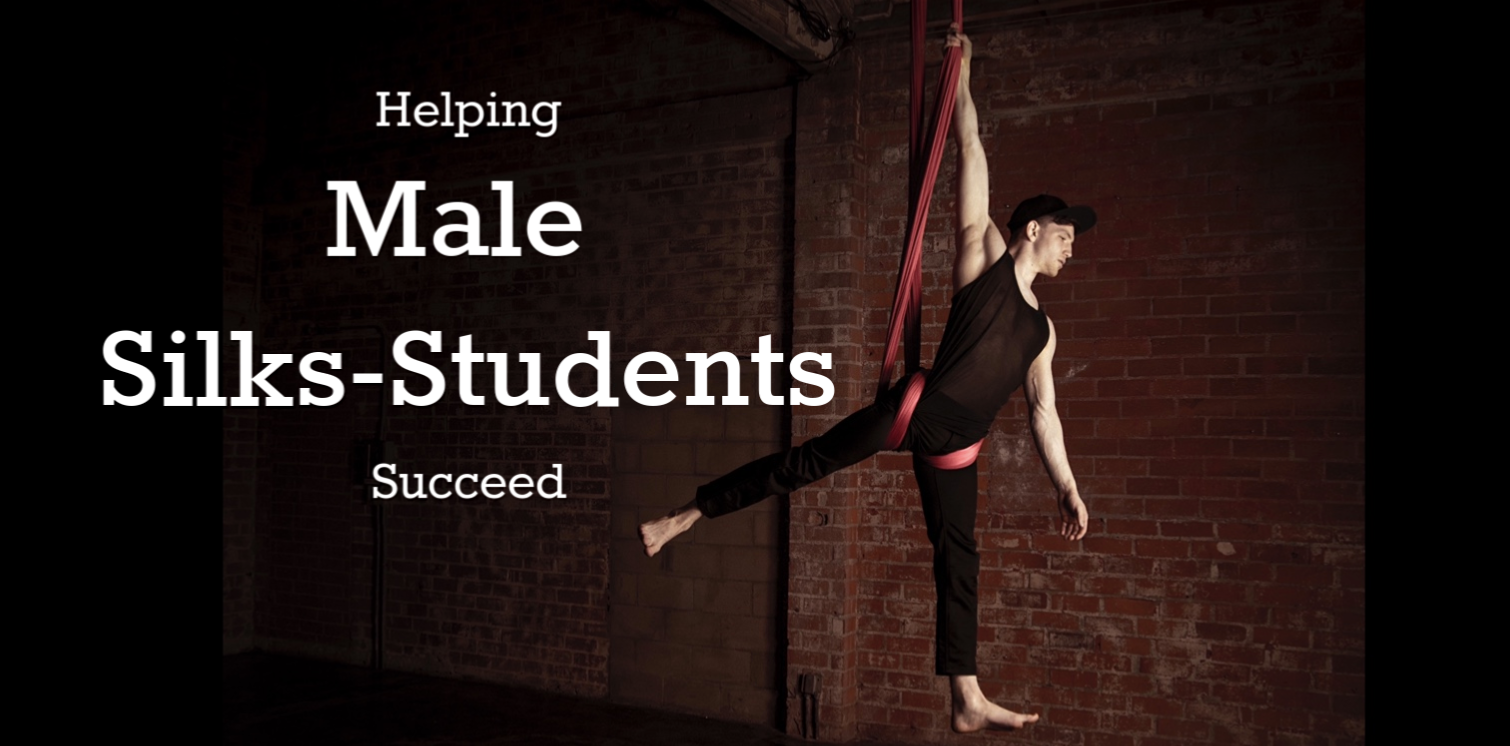So you’ve been taking aerial classes for a while, you’re completely in love (as we all are!), and you’re thinking about getting yourself an apparatus to call your own. Well, here are 5 Signs that it’s the right time for you to get your own silks, straps, or lyra!
You have a safe place to rig
Of course, your absolute first priority when it comes to Aerial must be safety. And coming up soon after is the question of where your apparatus will hang. You don’t want to order a full set of silks and hardware just to have it sit in a jumbled heap in your closet!
Some examples of safe places to rig: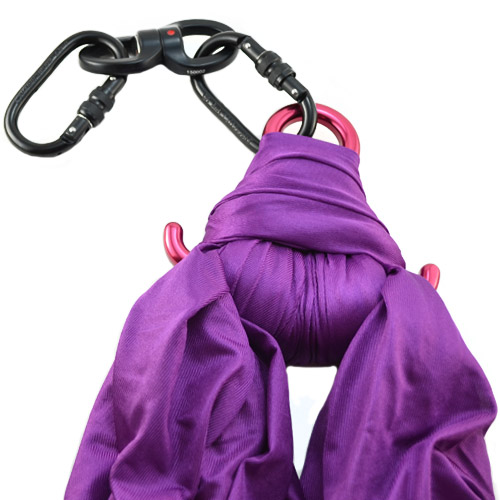
- The studio you train at
- A free-standing rig
- A point okayed by a structural engineer/rigger familiar with aerial
Because free-standing rigs can be a bit pricey, and other points can be hard to gage for safety (if you have a question about a possible point, or how to find a rigger in your area, I’d recommend this Facebook group), the most accessible, and generally best option to begin with is the studio you train at! While they most likely have apparatus for you to use in-house, having your own apparatus to train on can be a great source of pride and motivation.
To avoid disrupting class, bring your apparatus in to train on during open gym. As long as there is a semi-efficient way of rigging in the space, this shouldn’t be a problem (though many studios like to inspect outside equipment before it’s put up). Some studios require you to have a certain level of proficiency in aerial before self-training in open gym, which brings us to the next point…
You’re an intermediate level student, or above
Aerial is so easy to become infatuated with. Especially at the beginning! Trust me I know, it only took one class for me to drop out of college in pursuit of aerial professionally. However, a deep love for the art doesn’t a safe situation make. Wait until you reach at least an intermediate level before celebrating with your own equipment.
Now, each studio is going to have their own definition of what constitutes makes an aerialist intermediate, but the main idea is that you should have a good foundation of skill and technique to draw from while you are self-training. And if you are comfortable enough to self-train safely, you can consider getting some equipment to call your own.
You want access to an apparatus that is currently unavailable
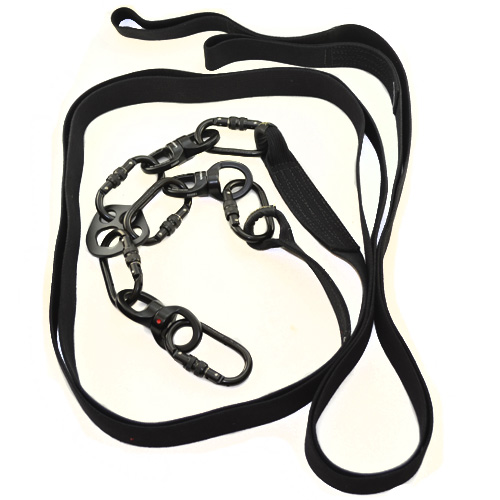 You’ve just gone on traincation, and had the opportunity to take private lesson on straps for the first time! But while you’d love to take those skills you learned and keep working on them at home, your studio unfortunately doesn’t have any straps available to work on.
You’ve just gone on traincation, and had the opportunity to take private lesson on straps for the first time! But while you’d love to take those skills you learned and keep working on them at home, your studio unfortunately doesn’t have any straps available to work on.
This would be another situation where you should consider getting an apparatus. And in this case, sooner than later! Waiting to get those straps shipped will cost you a lot, in terms of remembering the techniques you learned while with an instructor, and being able to train and progress safely on them once they are delivered. Speaking of cost…
You are ready to make a bigger investment in your aerial journey
Training aerial isn’t the cheapest hobby, as you’re well aware. $20 a pop on drop-ins at most studios can quickly add up. But the cost is well worth it for the gigantic benefits of aerial training, especially with a good coach. This is no different when you’re looking to purchase some equipment of your own.
Here’s what you can expect to lay down for some basic aerial setups: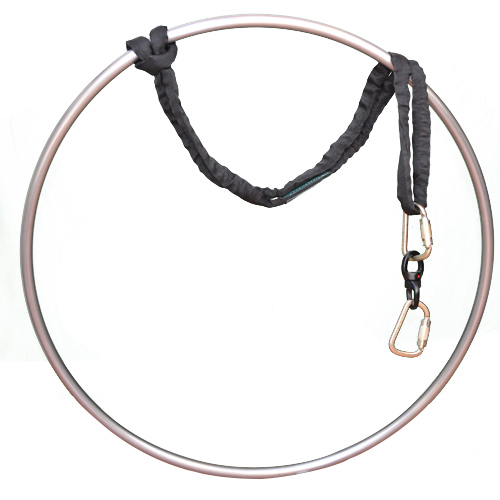
- Hammock: $100-$150
- Silks: $200-300
- Rope: $250-400
- Lyra: $300-400
- Straps: $400-500
Prices will vary by supplier, but my recommendation is to purchase your equipment from Aerial Essentials. AE has great prices, fast shipping (2-3 days within the US, plus international!), and superb customer service. But even better, their employees are all aerialists themselves!
Working at Aerial Essentials was a big part of how I made ends meet living in Las Vegas. And though I don’t live there anymore, I am still a part of the team! You can message me with any questions you have about equipment, and also take advantage of my personal discount by using the code BRANDON at checkout!
Something else to keep in mind is that the prices above all include full sets of hardware (carabiners, swivels, shackles, spansets, aerial 8s, etc), but once your have these on hand, buying just the apparatus a la carte will be a lot cheaper. Consider your first purchase a true investment into your aerial career, which brings me to my last point:
You are starting to work freelance
If the 4 other points are reasons to buy your ticket, this last one is getting on the plane and heading to your destination.
By the time that you are ready to begin performing for payment, especially if your goal is to become professional, you SHOULD have your own apparatus, full stop! During the beginning of your career while you’re part of a troupe or entertainment company which provides the things you need to perform, consider saving at least part of your performing income to invest in your own costuming, insurance, and equipment.
If you’re getting your first apparatus at this point, you may want to think about which setups will adapt to the most kinds of gigs you’ll have.
If you do silks, but don’t have a specific act, White and Red probably the most versatile colors, especially in corporate settings. Additionally you’ll want to get your fabric at a good length to fit in a variety of theaters and performance spaces.
For lyra, you may want to get a tabless lyra to start out, which can be rigged in many configurations depending on what skills you’d like to include in your performance.
And don’t forget, you’ll want to start gathering a collection of spansets, and other rigging equipment, so you can make as many situations as safe and workable as possible.
BONUS SIGN: You are training on fabric that’s rigged directly to your support beam
This is a pretty common phenomenon, especially in Central and South America, where fabric has boomed in popularity over the last few days, but hardware can be hard to find.
If this is you, and you are train and especially if you are teaching on fabric like this, get hardware!! Even if it is only one set of carabiners-swivel-aerial 8-spanset, this will give you and your students the ability to practice true spinning, one of the greatest parts of aerial.
Aerial Essentials ships worldwide in record time, put in your order now (and don’t forget your discount with the code BRANDON)!
Thanks for reading my latest blog post! And again, if you have any questions about equipment or ordering from Aerial Essentials, feel free to send me a message!

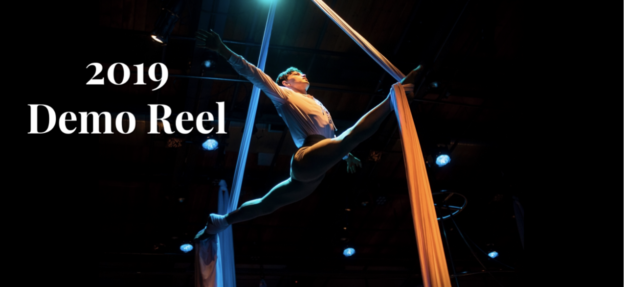


 You’ve just gone on traincation, and had the opportunity to take private lesson on straps for the first time! But while you’d love to take those skills you learned and keep working on them at home, your studio unfortunately doesn’t have any straps available to work on.
You’ve just gone on traincation, and had the opportunity to take private lesson on straps for the first time! But while you’d love to take those skills you learned and keep working on them at home, your studio unfortunately doesn’t have any straps available to work on. 

